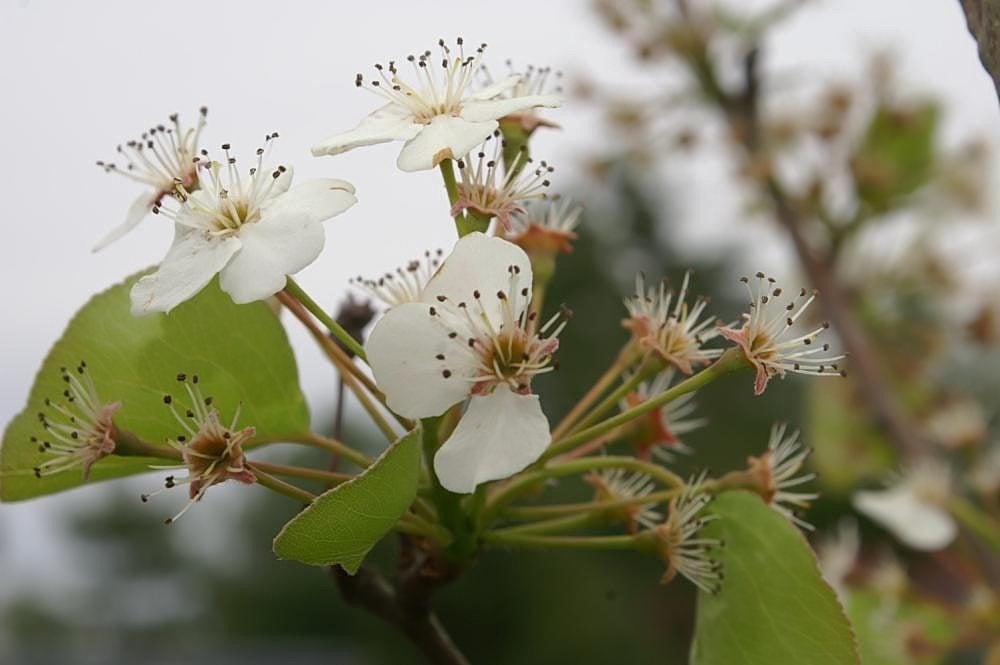Chanticleer Pear Information: Learn About Growing Chanticleer Pears


If you are looking for ornamental pear trees that overflow with showy flowers in spring, consider Chanticleer pear trees. They also delight many with their vibrant fall colors. For more Chanticleer pear information and tips on growing Chanticleer pears, read on.
Chanicleer Pear Information
Chanticleer (Pyrus calleryana 'Chanticleer’) is a cultivar of the Callery ornamental pear, and it’s a beauty. Callery Chanticleer pears have a growth habit that is neat and tailored with a slender pyramid shape. When the trees flower, they are dramatic and stunning. This variety is considered to be one of the best Callery cultivars available in commerce. Chanticleer pear trees are thornless and can get some 30 feet (9 m.) tall and 15 feet (5 m.) wide. They grow fairly rapidly. Chanticleer pear trees are a garden favorite for both the visual interest they offer and their rich profusion of flowers. The showy white blossoms appear in clusters in springtime. The fruit follows the flowers, but don’t expect pears if you start growing Chanticleer pears! The “fruit” of Callery Chanticleer pears is brown or russet and the size of a pea. Birds love it though, and since it clings to the branches into winter, it helps feed wildlife when little else is available.
Growing Chanticleer Pears
Chanticleer pear trees grow in USDA plant hardiness zones 5 through 8. If you want to start growing Chanticleer pear trees, pick a planting location in full sun. The tree requires at least six hours of direct sun to thrive. These pears are not picky about soil. They accept acidic or alkaline soil, and grow in loam, sand, or clay. While the tree prefers moist soil, it is somewhat tolerant of drought. Irrigate regularly though for the healthiest trees, especially in extreme heat. This lovely little pear tree is not completely free of problems. Chanticleer pear issues include a susceptibility to limb breakage in winter. Its branches can split as a result of winter wind, snow, or ice. A more pressing Chanticleer pear issue is the tree’s tendency to escape from cultivation and invade wild spaces in some regions. Although some cultivars of Callery pear trees are sterile, like ‘Bradford,’ viable seed can result from the crossing of Callery cultivars.
Sign up for the Gardening Know How newsletter today and receive a free copy of our e-book "How to Grow Delicious Tomatoes".

Teo Spengler is a master gardener and a docent at the San Francisco Botanical Garden, where she hosts public tours. She has studied horticulture and written about nature, trees, plants, and gardening for more than two decades, following a career as an attorney and legal writer. Her extended family includes some 30 houseplants and hundreds of outdoor plants, including 250 trees, which are her main passion. Spengler currently splits her life between San Francisco and the French Basque Country, though she was raised in Alaska, giving her experience of gardening in a range of climates.